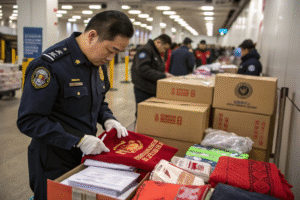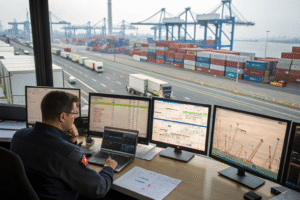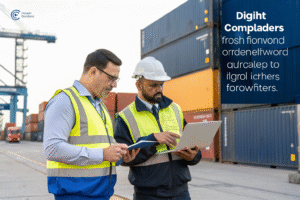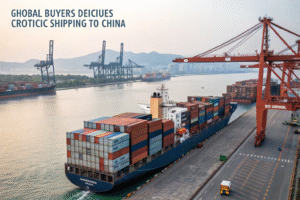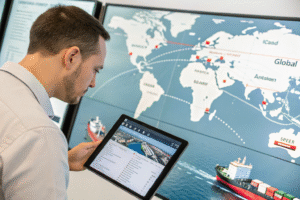Shipping delays cost time, money, and customer trust. That’s why transit speed is one of the most common concerns we hear from importers.
Yes, freight forwarders can significantly reduce transit times by optimizing routes, booking early, coordinating multimodal transport, and using real-time tracking to prevent disruptions. At GeeseCargo, we focus on smart planning and fast execution.
Fast freight isn’t just about the fastest ship or plane—it’s about knowing the system and avoiding slowdowns before they happen.
Route optimization strategies used by forwarders
There’s more than one way to get from China to the U.S., or from factory to warehouse. The best freight forwarders find the fastest one.
Route optimization means selecting the best port, carrier, transit mode, and path to minimize shipping time without sacrificing reliability or cost.
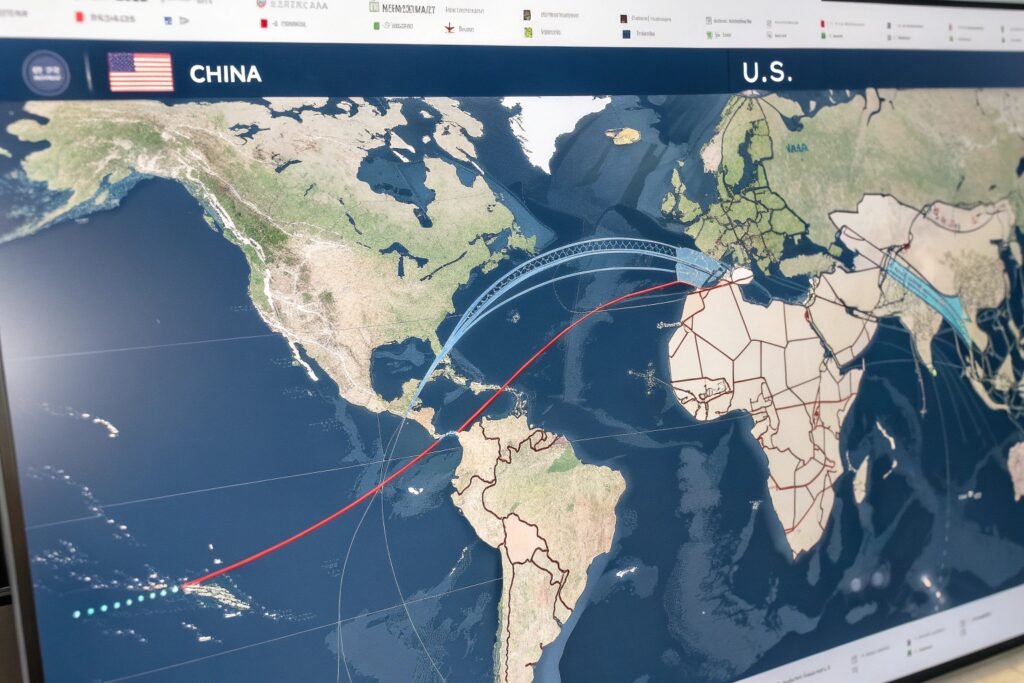
How do we choose the fastest route?
We don’t just rely on carrier schedules. We look at:
- Port congestion levels
- Customs clearance time at each entry point
- Trucking availability
- Carrier reliability data
- Seasonal risks (like typhoons or strikes)
One of our U.S. clients used to ship via Ningbo to Los Angeles. When LA became congested, we switched them to Qingdao–Houston with rail to the Midwest. Transit time dropped by 6 days.
| Optimization Factor | Our Strategy |
|---|---|
| Port Congestion | Use real-time port analytics |
| Carrier Performance | Pick based on on-time delivery data |
| Customs Delays | Use ports with faster CBP processing |
| Distance to Final Stop | Choose closest inland terminal |
What tools do we use to plan optimized routes?
- Historical delay data
- Real-time port congestion maps
- Transit time benchmarking software
- Direct feedback from partner truckers and terminals
We don’t guess—we use facts to speed things up.
How early booking helps avoid shipping delays
Last-minute bookings don’t just cost more—they often take longer. Space shortages, rolled cargo, and missed cutoffs all slow things down.
Freight forwarders can reduce transit times by booking early, locking in vessel space, and preparing documents before cargo reaches the port.
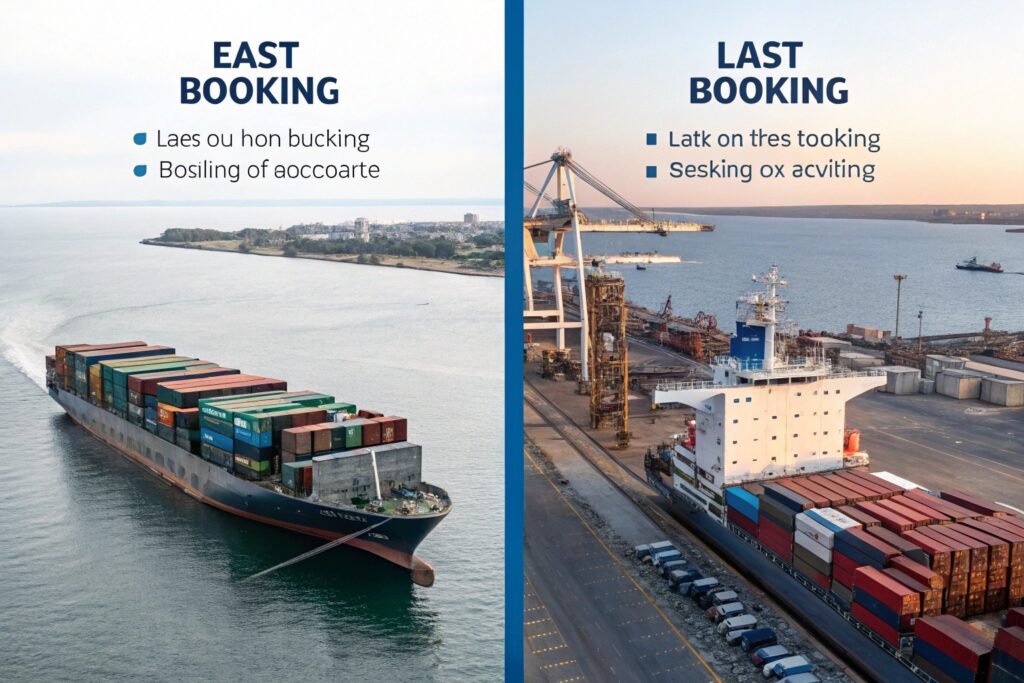
Why is booking early critical in international freight?
Carriers operate on weekly schedules. If you miss a cutoff:
- Your cargo gets rolled to the next week
- Other carriers may be full
- Port space or trucks might be unavailable
We recommend clients book:
- Sea freight: At least 7–10 days before ETD
- Air freight: 3–5 days ahead
- Multimodal shipments: 2 weeks in advance
| Booking Time | Risk Level | GeeseCargo Tip |
|---|---|---|
| 2 weeks before ETD | Low risk | Best pricing and vessel selection |
| 1 week before ETD | Moderate | Limited carrier options |
| <5 days before ETD | High risk | Likely to miss sailing or pay premium |
What else does early booking help with?
- Pre-clearance filing: Submit customs docs early to reduce hold time
- Truck scheduling: Secure first-available pickup slots
- Warehouse prep: Reduce wait time for loading/unloading
We even book peak-season space months in advance for some clients, ensuring they hit tight delivery windows.
Coordinating multimodal transport for faster delivery
Sometimes the fastest route isn’t a straight line. It’s about combining modes—sea, rail, air, and truck—in smart ways.
Multimodal coordination means blending different transportation methods to reduce overall transit time, especially for inland destinations.
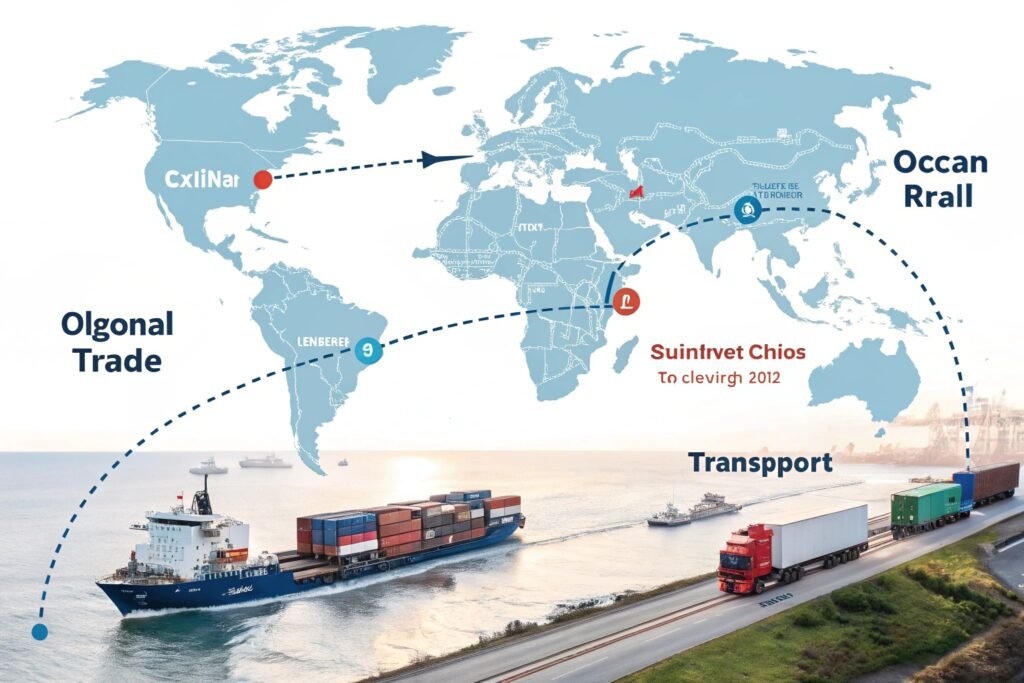
When is multimodal faster than direct shipping?
Let’s say you’re shipping from Shenzhen to Chicago. You could:
- Book sea freight to LA + truck to Chicago (14–16 days)
- OR ship sea to Vancouver + rail to Chicago (12–13 days)
- OR air freight from Hong Kong to Chicago (5 days but very costly)
We analyze cost, delivery deadline, and cargo type to find the best combo.
| Route Example | Time | Ideal For |
|---|---|---|
| Shenzhen – LA – Truck to AZ | 15–18 days | General cargo |
| Xiamen – Vancouver – Rail to Midwest | 12–14 days | FBA deliveries |
| Guangzhou – HK – Air to NYC | 5–6 days | High-value or urgent shipments |
What’s needed to make multimodal logistics work?
- Close coordination with truckers, rail depots, airlines
- Correct routing instructions at each handoff point
- Visibility across all legs of the journey
At GeeseCargo, we handle this behind the scenes. You get a single tracking point—but we might be coordinating five parties to make it happen.
Real-time tracking to prevent unexpected bottlenecks
Delays often catch people by surprise—unless you’re watching closely. That’s where real-time tracking comes in.
Freight forwarders reduce transit time by using tracking tools to spot and react to disruptions early—rerouting or expediting as needed.
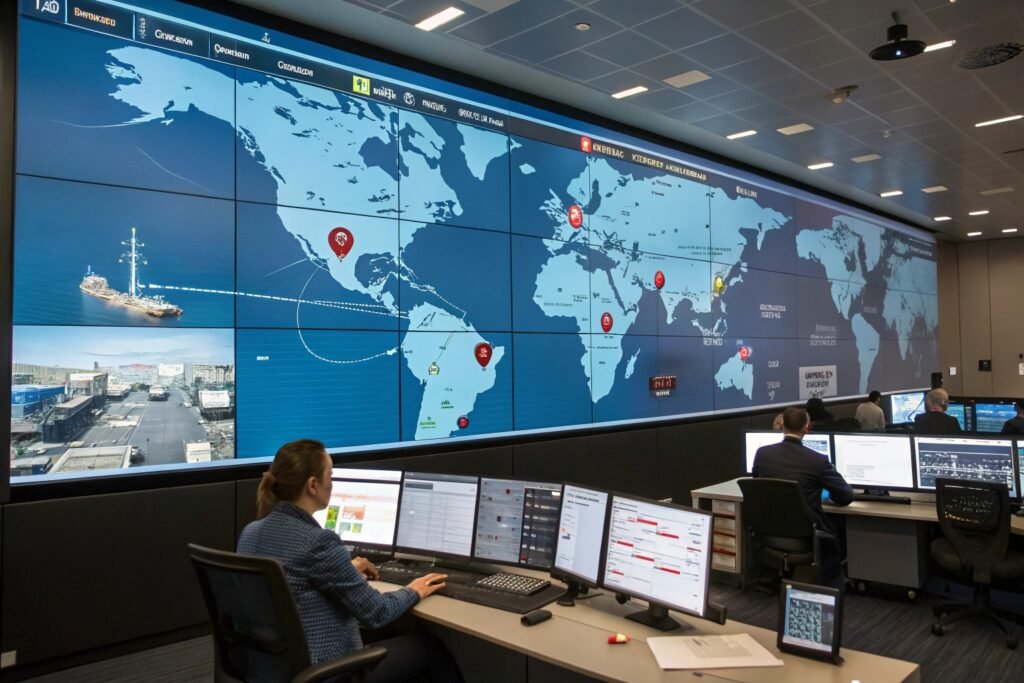
What kind of issues can tracking systems catch?
- Vessel ETA changes
- Customs document holds
- Truck pickup delays
- Port unloading backlogs
- Weather-related slowdowns
One client shipping toy sets to New Jersey got an alert when the vessel slowed due to storms. We arranged a warehouse to prep for later unloading and booked the truck for the new ETA—avoiding idle fees and downstream delays.
What tracking tools do we provide?
| Tool or Feature | What It Does |
|---|---|
| Vessel + port monitoring | Tracks real-time ETD/ETA changes |
| Customs clearance alerts | Tells us if a doc is missing |
| Last-mile GPS | Pinpoints truck status before delivery |
| Shared dashboards | Lets clients view status anytime |
It’s not just about speed—it’s about control. With real-time data, we manage problems before they affect you.
Conclusion
Freight forwarders play a critical role in cutting down transit times. Through optimized routes, early bookings, multimodal strategy, and smart tracking, GeeseCargo helps you ship faster—so your business runs smoother.

